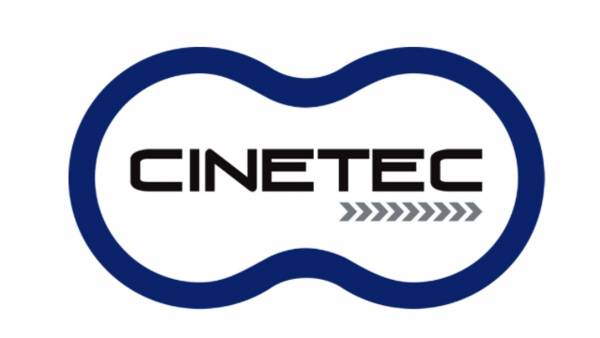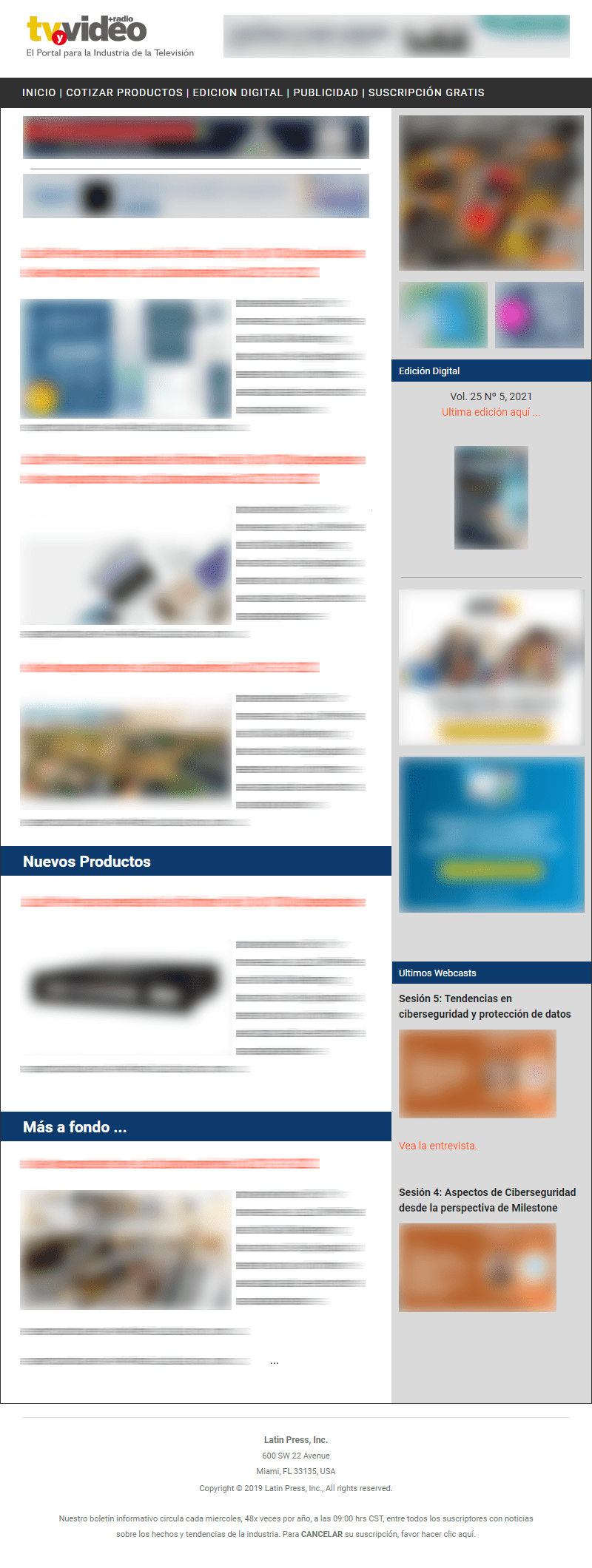Since the popularization of the World Wide Web in 1993, this communication system has experienced growth rates never seen before, on the one hand, the accelerated increase of general and specialized content created by companies or by users lead to quote rates of a new document per second, which is made available on the network to anyone interested in the subject; on the other hand, the number of users of the network is almost indeterminable if one takes into account that on average for each legal access installed there are 4, 5 or 6 users generally. This constantly growing market leads to the creation of new business opportunities in increasingly shorter periods of time, little by little the network has integrated all kinds of people (adults, young people and children) into the system making it very popular, the great content "made by the people and for the people" leads to countless individual contributions that create a base of varied content that fulfills the basic premise of the network: "popularization knowing what people want". Being able to create and publish a web content (portal, site or page) easily, quickly and cheaply, leads the network to be one of the main businesses of these days. The consequent evolution of it was not long in coming.
Parallel evolution
The parallel development of computer and television technology led to the possibility of transferring data, audio and video simultaneously on the same platform and at high speeds. The creation of multimedia services highlighted the need to renew television, from there began the convergence between this medium and the Internet that today allows the transmission of television through the network. The first step was the appearance of specialized TV where each user was given the desired content. The development of fiber optic technologies together with satellite transmission opened new possibilities for the provision of additional services for these companies, the concept of interactivity was implemented where the possibility for the user to buy products and / or choose content constituted two-way communication, basic structure of this concept. The boom of the network generated new requirements for content composed of audio, video and 3D animations, among others, which gave way to digital signal compression systems such as MPEG that brought these characteristics to every PC on the network. The evolution of these parts allowed the creation of TV channels through the Internet which leave behind the concept of broadcasting to move to digicasting where the digital era is combined in TV and Internet. Interactive TV could not be left behind, today installing a new software to the traditional set top box the possibility of surfing the net becomes a reality.
What would be Internet Television and what Would Interactive Television be?
Interactive television or iTv is the combination of television with interactive content that allows the user to communicate in two directions. Through the remote control, the viewer is introduced to a new experience enabled by a platform on which TV and different interactive digital applications are combined resulting in two-way services such as telemarketing, news, VOD (Video on demand), PPV (Pay per view) ), real-time sports programming, electronic programming guides, among others, all through operating systems for set top digital TV boxes that are complemented with authorization tools and conditional access to provide personalized services according to the client, operator or user. The possibility of offering Internet Television through conventional TV is presented as a complementary service or technology for an additional cost, the ability to update the software of the top set or adapt new hardware such as a webtv-box, makes those consumers who want to navigate from their TV use a keyboard connected to the set-top box to achieve this.
Internet Television is a platform composed of Internet terminals, set top boxes and integrated TV receivers that allow operators to specify the user interface according to online content. It is the possibility of transmitting conventional TV through the network and the PC with the same speed and digital quality in image and sound mixing other services such as navigation, mail and electronic commerce, conversation clubs, virtual reality, etc. Internet Television involves a hardware and software system designed to create, distribute and play end-to-end TV securely on the network. The Internet television system creates an online training that teaches the user to handle a certain software by recreating the experience given by the application without forcing him to install the complete program. You have the ability to download only the necessary plug-ins maximizing time, file size and disk space. Internet Television has managed to create capture systems that reproduce in real time digital resources without converting them into analog signals and without the need to create intermediate compressed files, direct digital capture translates into quality and speed when playing for all types of video transmission either by coaxial network, fiber optics, satellite, etc. Systems such as the SDI (Serial Digital Interface) allow the integration of any type of transmission while retaining professional quality since they have a digital transmission system that combines composite video and the ITU-R 601 component with four audio channels, and a system for analog signals that handles coaxial connectors and type 75 ohm BNC, while facilitating the installation and distribution of content at rates of 270 Mbps. Internet Television works as a catalyst for interactive content that has characteristics adaptable to the consumer, in addition to working as the EPG (Electronic Program Guide) in iTv, it exists to organize and play content without the need for exhaustive searches; likewise, these servers have the ability to redirect the user in case of failure of any unit.
To unify the characteristics of the content that is transmitted on the network, the ATVEF (Advanced Television Enhancement Forum) was created, an alliance of companies that have defined HTML protocols for TV, which allows content creators to deliver programming in all transport formats (analog, digital, cable and satellite) to smart receivers that in turn distribute it on the network.
The possibility of new developments occurs in the fusion of these two ways of watching television; the compatibility of software and hardware in the set top boxes leaves aside the PC and turns the TV into a computer, the traditional broadcast of the last decades will develop the ability to play the contents of the network with the same appearance overcoming the obstacles that some common Internet applications such as flash have, quick time or real audio, when viewed on a common TV. It will also create a platform of search engines that change the navigation metaphor handled until today by most pages on the Internet, creating a new one that adapts to the combined characteristics of the two systems (avoid having to leave one application -television- while running another -surf the net-).
In conclusion, the development of technologies makes the space between television and the network smaller every day, the difference between one and the other lies in the form of reception. What is clear is that within traditional television interactivity sets the tone today. The advantages for interactive television are its lower costs and the greater availability of means of access by the client (televisions in homes), its disadvantage, the limited capacity to generate interactive content in real time and at affordable costs. For the Internet, the ability to adapt the current scheme to the requirements of television, especially with regard to the transmission of large amounts of video. The reduction of costs and the expansion of the number of permanent connections in homes will be the most important points. The biggest advantage it will have will be the possibility of offering content production and editing, and variety in interactive services. The ideal of both media is to combine platforms that are economical for both operators and users, the goal is to develop viable investment options for sponsors and advertisers who still do not see clearly the possibility of favorable economic income; finding the way in which the consumer will be reached will be the next challenge of these new media, which like the traditional ones live on advertising and the satisfaction of their users.
























Leave your comment